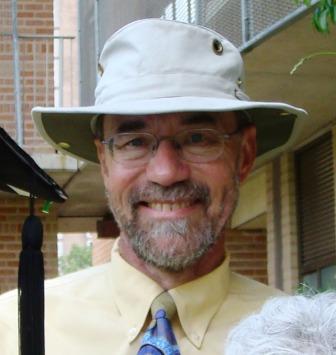Feb 15 2016
Cartlon M. Caves, a Distinguished Professor of physics at the University of New Mexico, will present "Quantum-limited measurements: One physicist's crooked path from quantum optics to quantum information" at 4 p.m. today, Friday, Feb. 12, in the Paul Sharrah Lecture Hall, PHYS 133.
 Cartlon M. Caves (Photo Submitted)
Cartlon M. Caves (Photo Submitted)
Refreshments will be served from 3:30-4 p.m. in PHYS 134.
Abstract:
Quantum information science has changed our view of quantum mechanics. Originally viewed as a nag, whose uncertainty principles restrict what we can do, quantum mechanics is now seen as a liberator, allowing us to do things, such as secure key distribution and efficient computations, that could not be done in the realistic world of classical physics. Yet there is one area, that of quantum limits on high-precision measurements, where the two faces of quantum mechanics remain locked in battle. I will trace the history of quantum-limited measurements, from the use of nonclassical light to improve the phase sensitivity of an interferometer, to the modern perspective on the role of entanglement in improving measurement precision, and finally to current work on applications of metrology in quantum tomography.
Caves is a Distinguished Professor in the Department of Physics and Astronomy at the University of New Mexico and Director of UNM's Center for Quantum Information and Control. He received the doctorate in physics from the California Institute of Technology in 1979. He worked at Caltech as a postdoctoral research fellow through 1981 and as a senior research fellow in theoretical physics from 1982 through 1987. From 1988 till 1992 he was associate professor of electrical engineering and physics at the University of Southern California.
He moved to the University of New Mexico as professor of physics and astronomy in 1992. He is the author of over 140 scientific papers on topics in gravitation theory, quantum optics, nonlinear dynamics, and quantum information science. His present research is concentrated on quantum metrology and quantum information theory. He is a Fellow of the American Physical Society and the American Association for the Advancement of Science.